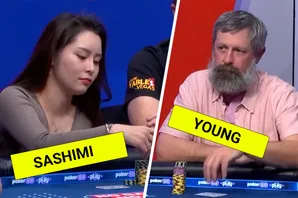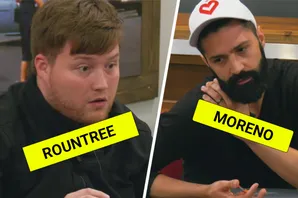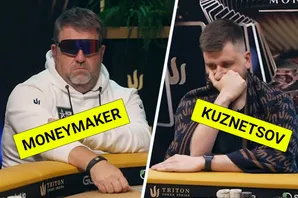Whether you’re reviewing a hand history, discussing a hand you’ve played or brushing up on poker strategy, knowing the names of the different positions around the poker table is essential.
Luckily, it doesn’t have to be complicated. Here’s a quick poker table positions cheat sheet so you’ll always know the name of any position at the poker table.
You’ll often hear people discuss early, middle and late positions, which are broader terms that indicate a general place rather than a specific seat. We’ve broken up every position at a nine-handed table using these general terms.
Early position
The small blind
The position to the immediate left of the button, or dealer. So-called because the player in this seat must post the small blind bet at the start of the hand, the small blind position is first to act on every street from the flop onwards.
The big blind
To the immediate left of the small blind, the big blind is again so-named because the player in this seat must post a mandatory bet at the start of the hand known as the big blind.
Under the gun
The next spot after the big blind is called Under the gun, often shortened to UTG. This position is first to act pre-flop and so has the first decision to make in any hand of poker.
Middle position
UTG+1
As the name suggests, UTG+1 is one position to the left of the Under the gun spot.
UTG+2
This is the position to the immediate left of UTG+1.
The lojack
The next spot round the table, to the left of UTG+2, is called the lojack. This name originates thanks to the position’s relation to the next position around the table, the hijack.
Late position
The hijack
The first late position spot at a 9-handed table, the hijack is so-named because a preflop open from the hijack position is sometimes able to make the remaining late position players fold, effectively ‘hijacking’ the button and becoming the last player to act on postflop betting rounds.
The cutoff
The last position before the button, there are several theories as to how the cutoff got its name. Some say it’s because a preflop raise here ‘cuts off’ the button and seizes the last position in subsequent betting rounds - in a similar fashion to how the position before can ‘hijack’ this advantageous spot. Others point to how, in self-dealt games, the player to the right of the dealer was traditionally the person who cut the cards before the deal.
The button
There’s no two ways about how this spot got its name: it’s the position where the Dealer button rests, indicating the player as the nominal dealer for the hand.
A general rule of poker is that it’s better to be in late position than early position, and that’s why when each hand is over, the button moves to the next spot. That way no one gets to be in late position - or forced to be in early position - more than anyone else.
Looking for more? Check out our poker strategy section, head to our full poker positions page, our check out our quick guide to Texas hold'em starting hands.




























